Smart Growth

A Complete Community Is All Mixed Up
A complete community includes an optimal mix of people, activities, and transport modes in each neighborhood. Like a chef, planners need the right ingredients. Here is the recipe.

Defining the Buzzword: What's a 15-Minute City?
What does it mean to be a 15-minute city?
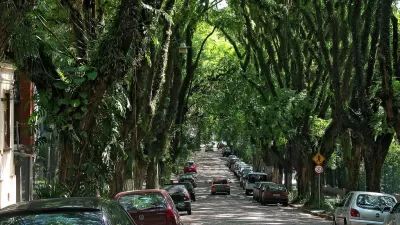
Hug a Tree. Protect a Forest.
Communities have good reasons to protect trees and forests. Planners can help make this happen.
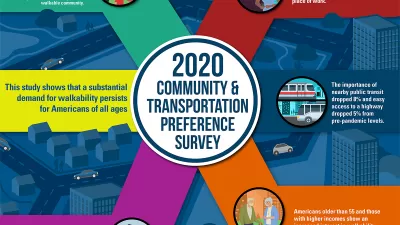
Insights from the 2020 Community and Transportation Preference Survey
The National Association of Realtors' recent Community and Transportation Preference Survey shows that many households prefer living in walkable urban neighborhoods, and those that do have a higher quality of life.
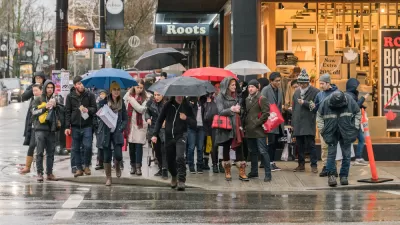
A New App Helps Identify 15-Minute City
The new 15-Minute City App generates maps which show the number of services and activities within a 15 minute walk, and and therefore whether an area can be considered a 15-minute neighborhood.
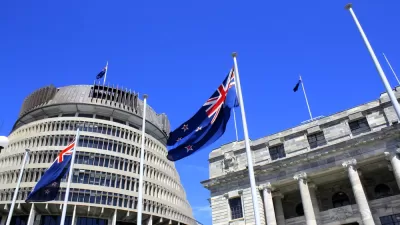
Well Done, Kiwis! New Zealand Delivers Big Planning Policy Reforms
New Zealand’s new national urban development policy prohibits parking minimums and increases allowable building heights near transit stations. This is a watershed moment for the country’s cities and towns.

New Rule on Environmental Impacts of Driving, Long Awaited, Goes Into Effect Today
At long last, California law will consider the amount of driving, rather than vehicle delay, when evaluating the environmental impacts of new developments. This is a more common-sense approximation of their environmental impacts.
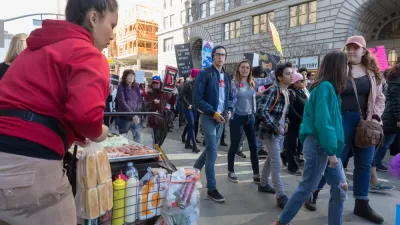
The Right to the City: Planners’ Role in Creating Affordable and Inclusive Communities
In a modern, post-industrial society, economic opportunity depends on disadvantaged households’ ability to find suitable housing in an economically successful city. Planners can make that happen.
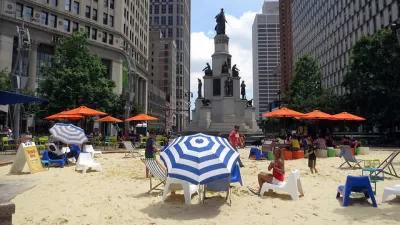
Different Types of Pro-Development Urbanism, Explained
Can't tell New Urbanism from YIMBY? This post tries to help.
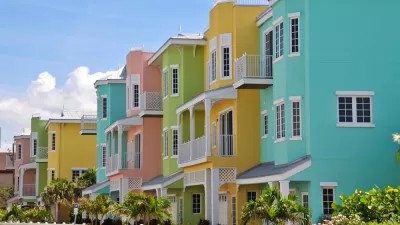
Smart Growth and Vehicle Travel Reductions
Many jurisdictions have vehicle travel reduction targets. Integrated Smart Growth policies can help achieve these and other planning goals.
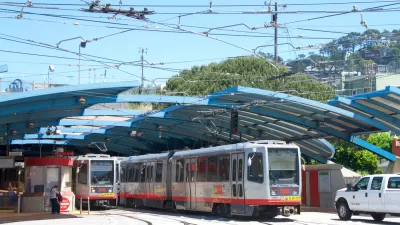
Planning a New Subway to San Francisco's 'Sleepy' West Side
San Francisco is planning for new population growth and new housing developments on the West Side of the city, and is also expecting high quality public transit to fill the mobility needs of current and future residents.
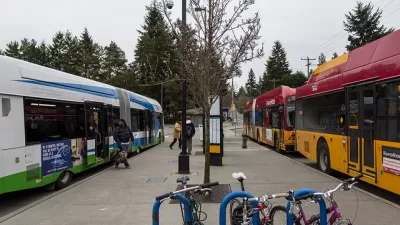
A Transit-Oriented Regional Growth Plan
The Vision 2050 plan, which charts the growth for King, Pierce, Snohomish, and Kitsap counties in Washington State, would focus almost all the growth meant to accommodate 1.8 million new residents inside urban areas.
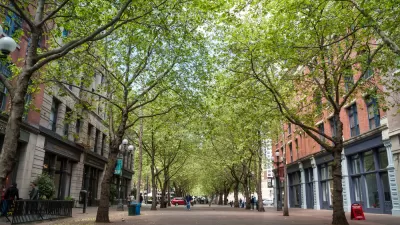
Seeing the Urban Forest for the Trees
It is important to focus on forests rather than individual trees when evaluating trade-offs between infill and sprawled development.
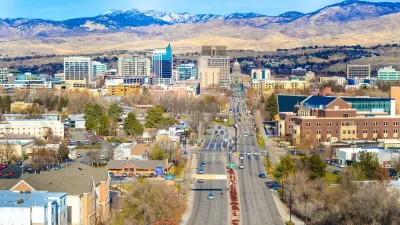
Boise Faces Growing Pains From West Coast Migration
As more people head to Idaho to escape cities they cannot afford, Boise is encouraging growth and also grappling with the consequences.

Op-Ed: Utopian Thinking Poses Continued Dangers for Urbanists
Charles Wolfe calls attention to similarities between contemporary urbanism and yesterday's debunked utopias. The two may differ in substance, but both tend toward a certain level of dogma that isn't necessarily helpful on the ground.
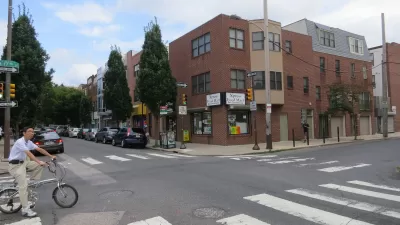
Dynamic Planning for Affordability
Conventional planning is static, designed to lock in existing land use patterns. We need more dynamic planning to respond to changing household needs and community goals.

Carrying Capacity, Population Growth, and Urban Planning
Breakthrough Institute co-founder, Ted Nordhaus, explores the etymology of "carrying capacity" from a shipping term to a biological term, but objects to its application to human population. Richard Heinberg of the Post Carbon Institute responds.
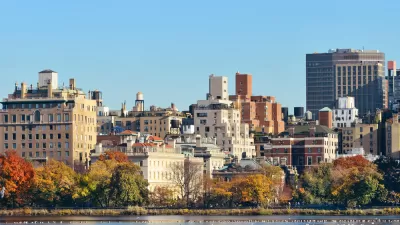
Live Long and Prosper: Compact Development Increases Life Expectancy, Economic Development
The U.S. has lower average life expectancy than most peer countries. New research indicates that this results in part from sprawl. Life expectancy, economic mobility, mobility options, personal health and safety all improve in less sprawling areas.
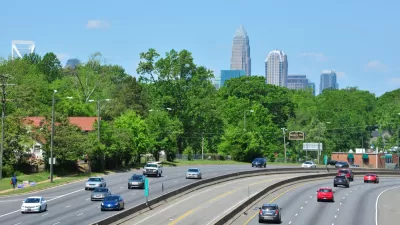
In Sprawling Charlotte, Traffic Jams Point to Climate Solutions
A look at the relationship between sprawl and climate change mitigation in the fast-growing North Carolina city.
Smart Growth—How it Came to Be and Where It's Going
An excellent primer (refresher for many) on Smart Growth and the history of planning generally, by former San Francisco Planning and Urban Research Assoc. Exec. Director Jim Chappell
Pagination
Urban Design for Planners 1: Software Tools
This six-course series explores essential urban design concepts using open source software and equips planners with the tools they need to participate fully in the urban design process.
Planning for Universal Design
Learn the tools for implementing Universal Design in planning regulations.
Caltrans
Smith Gee Studio
Institute for Housing and Urban Development Studies (IHS)
City of Grandview
Harvard GSD Executive Education
Toledo-Lucas County Plan Commissions
Salt Lake City
NYU Wagner Graduate School of Public Service


































